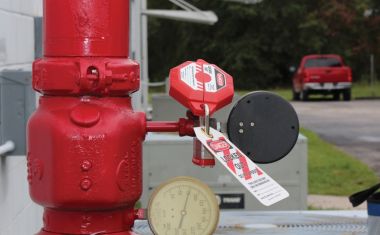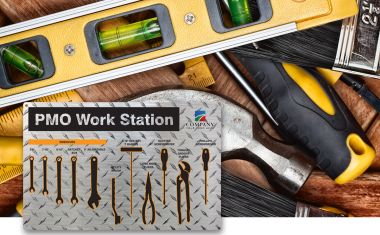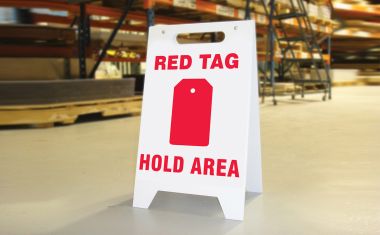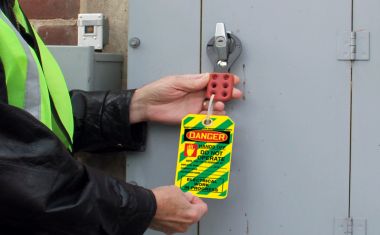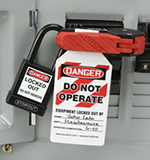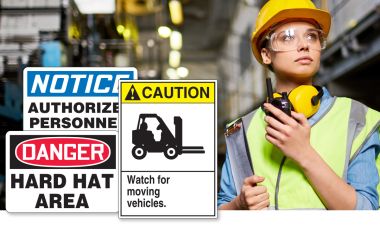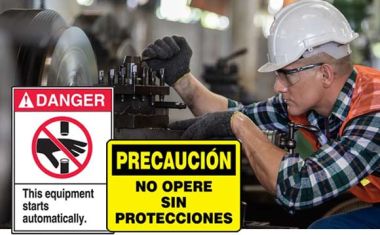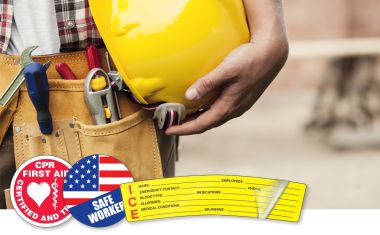New OSHA Trenching Tips for Winter and Beyond
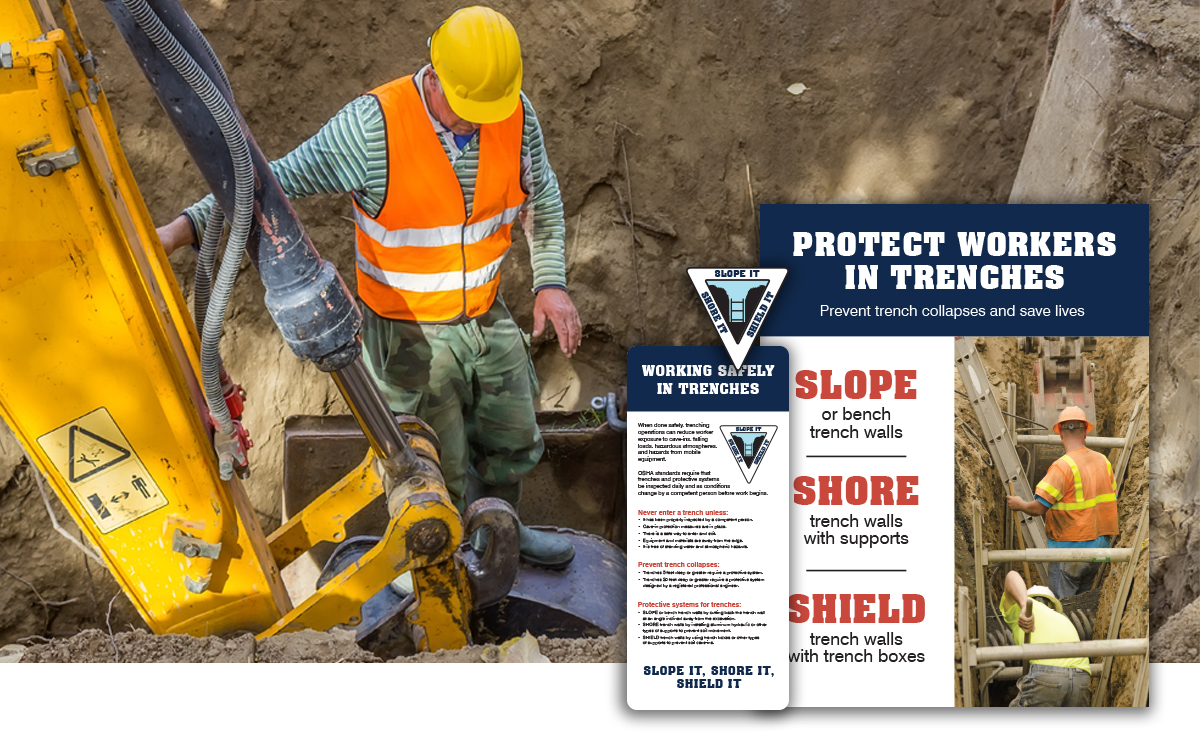
For trench workers, serious dangers lurk in every corner. Keeping these OSHA safety tips top of mind and in your pocket can ensure the work proceeds safely.
Trenching citations have dominated construction enforcement. According to the Bureau of Labor Statistics, excavation and trench-related fatalities in 2016 were nearly double the average of the previous five years. Trench collapses, or cave-ins, pose the greatest risk to workers' lives.
With cold winter months continuing to blow in, trench work is even more dangerous. Frozen leaves and dirt pose many hazards for trench workers and keeping safety top of mind is critical.
On October 1, 2018, in response to preventing serious trenching and excavation injuries, OSHA updated its National Emphasis Program (NEP). An employer must comply with the trenching and excavation requirements of 29 CFR 1926.651 and 1926.652 or comparable OSHA-approved state plan requirements.
OSHA’s NEP Trenching Initiative will make safer working environments by:
- Providing a national reporting system for all OSHA trenching and excavation inspections by updating guidance for recording them in the agency’s internal data management system.
- Requiring OSHA area offices and regions to develop and implement outreach programs supporting the NEP. Programs “should include providing compliance assistance material to excavation employers, permitting and other municipal organizations, industry associations.
What were the significant changes to the OSHA trenching requirements?
Changes to the existing trenching and excavation requirements included:
- Replacing CPL 02-00-069 - Special Emphasis: Trenching and Excavation;
- Providing a national reporting system for all OSHA trenching and excavation inspections by updating guidance for recording trenching and excavation inspections in OIS;
- Establishing the requirement for each Area Office/Region to develop and implement outreach programs in support of this emphasis program. These programs should include providing compliance assistance material to excavation employers, permitting and other municipal organizations, industry associations, equipment rental organizations, water works supply companies, and major/local plumbing companies
Remember the 3S safety approach to stay protected and prevent serious cave-ins:
- SLOPE or bench trench walls
- SHORE trench walls with supports, or
- SHIELD trench walls with trench boxes
Here are six OSHA trench safety to keep you protected while working in the trenches this winter and beyond:
- Have a qualified individual on-site at all times outside of the trench to provide safety input and call for help if needed. If it's believed atmospheric hazards could be an issue, the trench must be tested with a gas detector before entering and periodically as work is ongoing.
- If you're in a trench 4' or deeper, you'll need stairs, ramps or a ladder. If a ladder is used, it needs to be located within 25' of travel and must extend at least 3' above the grade. Don't forget to make sure it's secured on the bottom because if the water in the bottom turns to ice, it's possible for it to slip.
- Working at 5' or deeper? A trench box or similar structure will be needed to prevent the trench walls from collapsing. It needs to extend above the normal grade but can be blocked 2' from the trench's bottom.
- Keep the excavation as dry as possible for several critical reasons. For one, wet soil is more likely to collapse because it distresses more easily, causing a hazardous worksite. If water is allowed to accumulate at the bottom of the excavation in the winter, it could freeze quickly and turn slippery, making it difficult to impossible to remain on your feet and creating a hard surface to fall onto.
- When working in a trench that is at or over 20' deep, you're required to have the protective systems designed by a registered professional engineer.
- As with any winter work, keep an eye on your workers and make sure they have sufficient protective gear available to protect from hypothermia, which can develop quickly in wet conditions.
Follow these OSHA trench safety tips to prevent serious injuries from happening in the trench and excavations.
